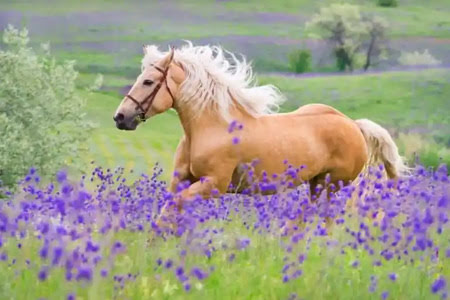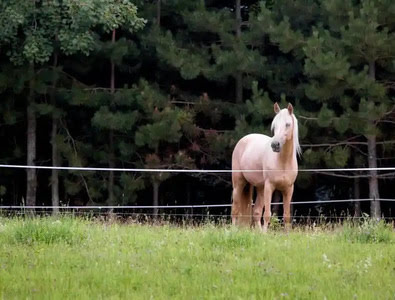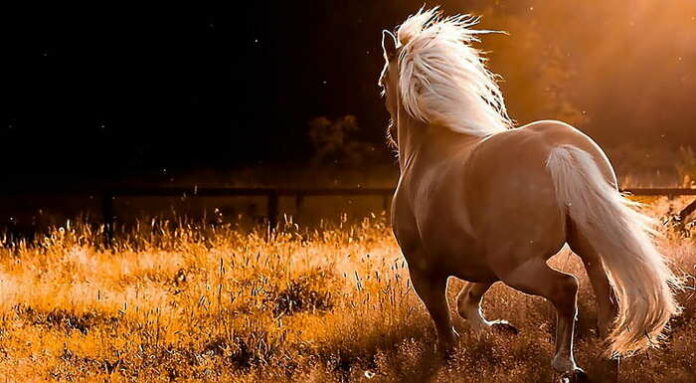Palomino horses have been valued for their beautiful colour since ancient times and have existed in many cultures. Palominos may be found all over the world, and it is common to see them winning prizes at regional horse shows, taking the stage at prestigious occasions, or even roaming freely in herds of wild mustangs.

1. They can change color
Several things can affect a Palomino’s coat color. First off, a horse’s food can influence how light or dark its coat is. Protein-rich hay or grains may cause dappling or even a darker coat color.
As the seasons change, palominos can also experience spectacular color changes. Their summer and winter coats can be so dissimilar from one another that they can appear to be whole different horses.

2. Native American culture was altered because of the introduction of Palominos.
The number of horses in the area suddenly increased after Queen Isabella brought her best horses to the New World. Palominos made up a large portion of those horses, but it was the population boom that ultimately had an impact on Native American culture.
Native Americans began capturing and domesticating more horses as they became increasingly plentiful. Due to their increased hunting efficiency and travel efficiency, they were even able to influence the tribes during times of war.

3. Palominos were once reserved for royalty
History demonstrates that Spanish Queen Isabella liked Palominos, and she is famous for many other things as well. According to reports, she had approximately 100 of these golden horses at her home. Only members of the royal family and a select group of wealthy nobles were permitted to ride them, and she barred commoners from having them. Another important factor in the globalization of Palomino love is Queen Isabella. To increase the number of Palominos in the local gene pool and expand her influence, she sent horses to North America.



